We’ve compiled a list of 41 films that only true movie buffs will have seen. This eclectic mix ranges from obscure indie flicks to groundbreaking classics, offering a deep dive into the rich and varied world of cinema. Think you’ve seen it all? Let’s find out.
Citizen Kane (1941)
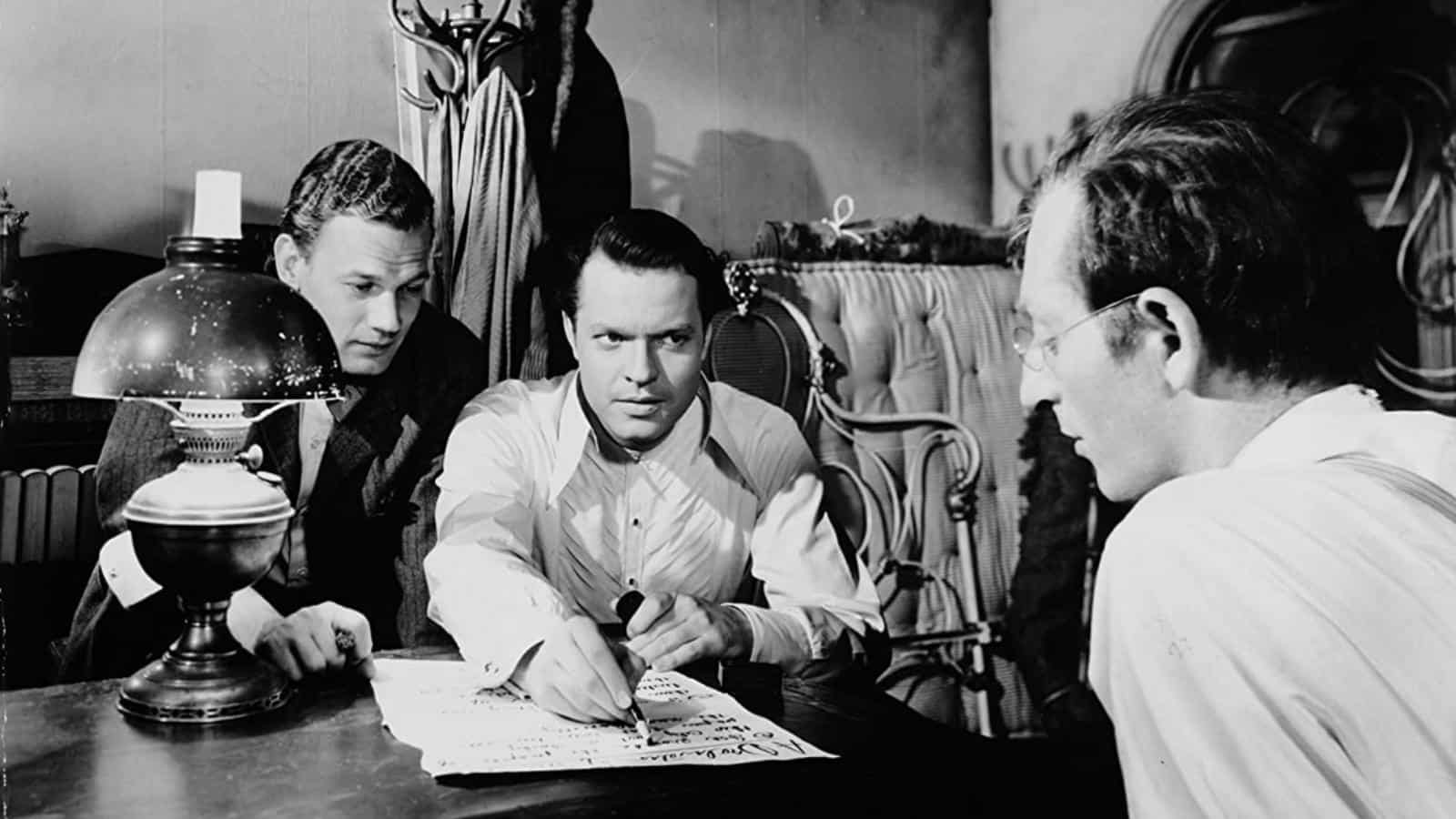
Regarded as a revolutionary work in filmmaking, “Citizen Kane” by Orson Welles redefined narrative storytelling. Its non-linear approach, combined with innovative cinematography, dissects the complexities of the human psyche and ambition, making it a cornerstone of cinematic education.
Seven Samurai (1954)
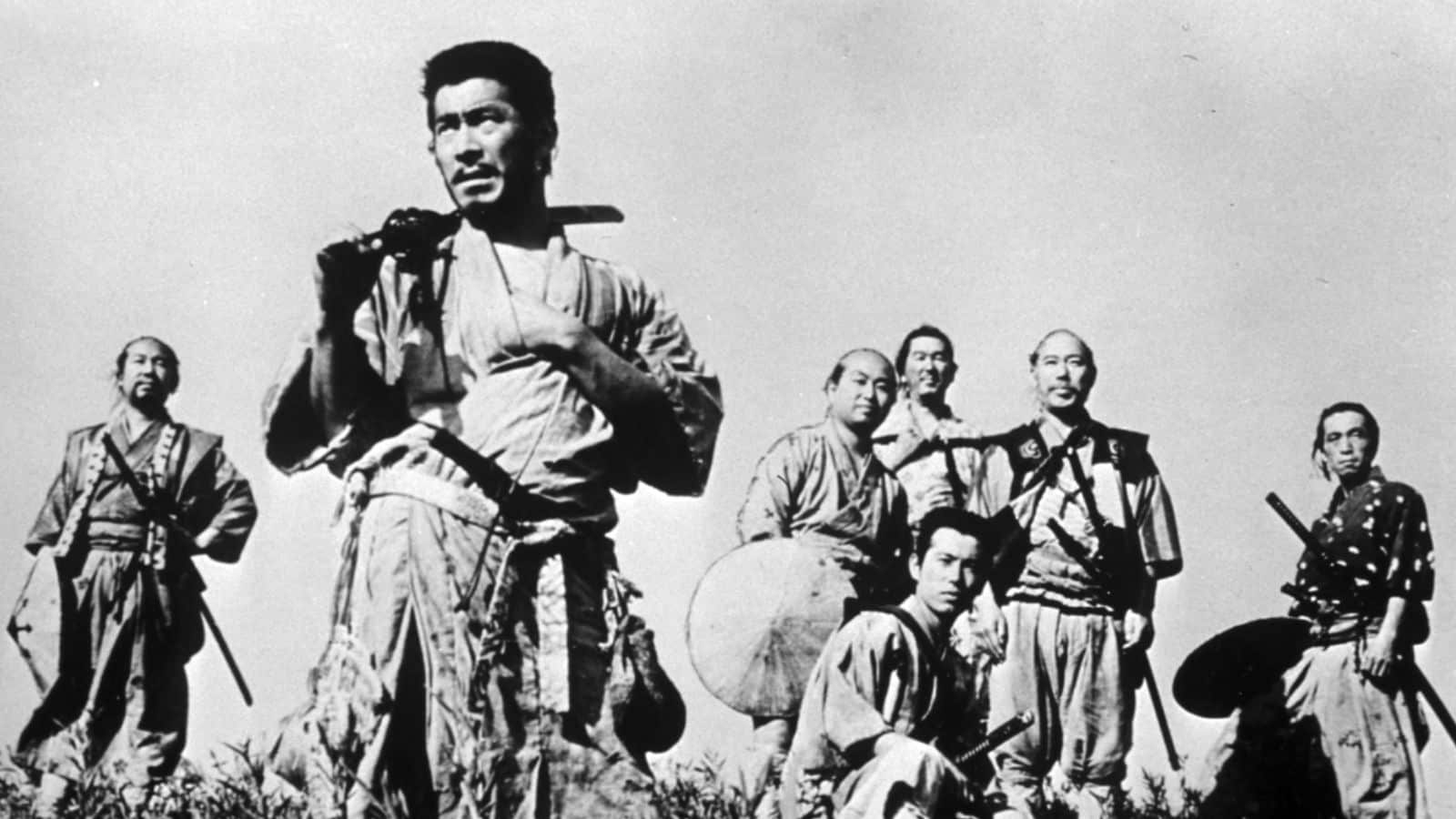
“Seven Samurai,” directed by Akira Kurosawa, is more than just an action film; it’s an epic tale of heroism and social commentary. This movie, blending skillful storytelling and memorable characters, has profoundly influenced both Japanese and Western cinema.
2001: A Space Odyssey (1968)
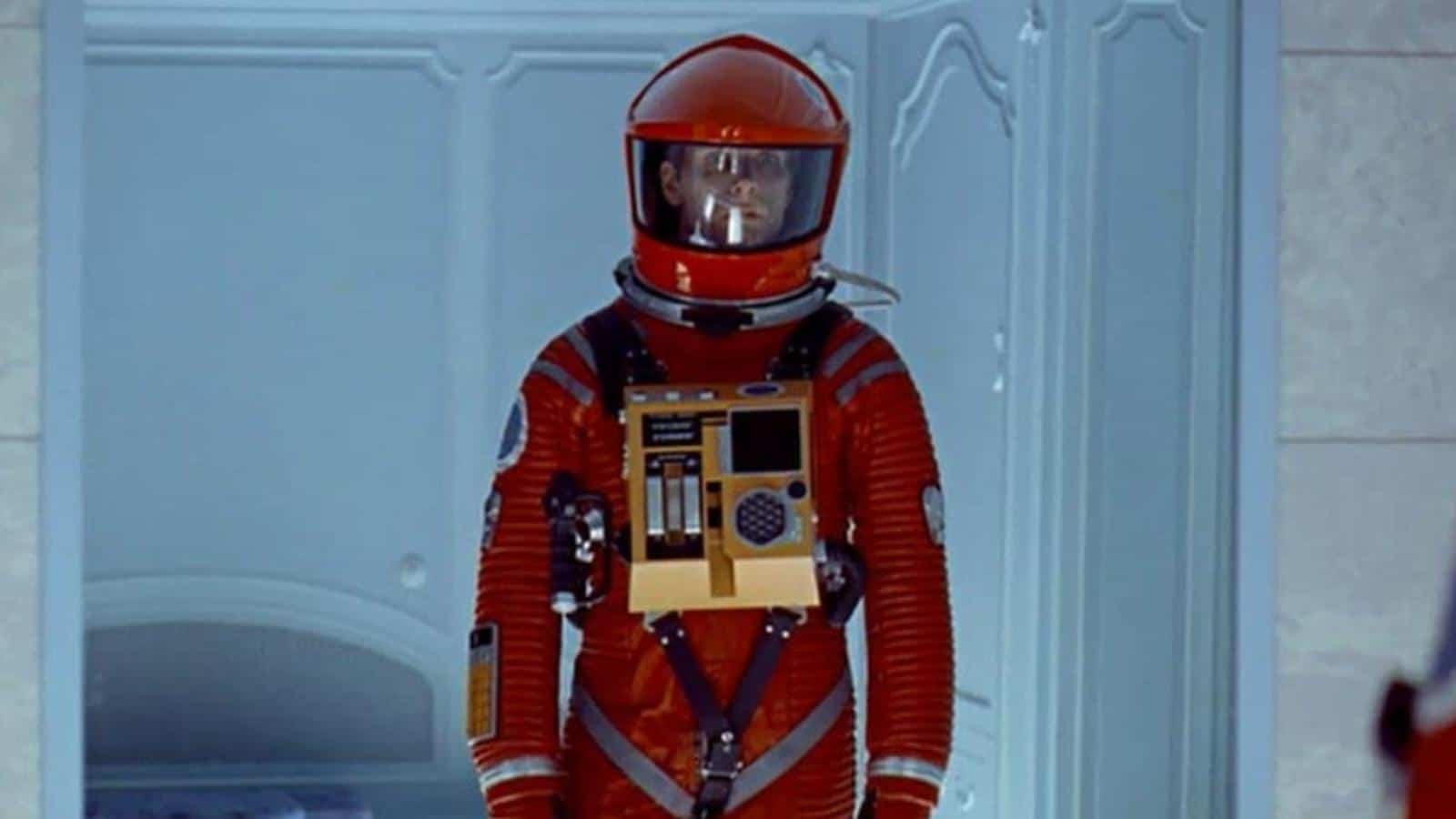
Stanley Kubrick’s “2001: A Space Odyssey” remains a benchmark in science fiction for its audacious visual storytelling and profound thematic exploration. The film’s exploration of human evolution, space exploration, and artificial intelligence has captivated audiences and critics alike.
Vertigo (1958)

Alfred Hitchcock’s “Vertigo” masterfully blends suspense, romance, and psychological intrigue. Known for its innovative camera techniques and compelling narrative, this film delves into obsession and identity, standing as a testament to Hitchcock’s genius.
The Godfather (1972)

1A cinematic masterpiece, “The Godfather” by Francis Ford Coppola, offers a deep dive into the complexities of family, power, and crime. Its influence extends beyond the crime genre, reshaping the way stories are told in cinema.
Tokyo Story (1953)

Yasujiro Ozu’s “Tokyo Story” is a poignant exploration of family dynamics in post-war Japan. Its minimalist style and emotional depth offer a delicate yet powerful portrayal of generational conflict and the human condition.
8½ (1963)

Federico Fellini’s “8½” is an avant-garde journey into the mind of a filmmaker. Blurring the lines between fantasy and reality, this introspective film is a striking commentary on creativity and the struggles of artistic expression.
Pulp Fiction (1994)

Quentin Tarantino’s “Pulp Fiction” is renowned for reshaping modern cinema with its non-linear narrative, razor-sharp dialogue, and eclectic blend of humor and violence. This film’s cultural impact and bold storytelling make it a landmark in contemporary filmmaking.
Bicycle Thieves (1948)

“Bicycle Thieves,” directed by Vittorio De Sica, is a seminal work of Italian Neorealism. Its portrayal of post-WWII struggles in Italy, told through the simple yet powerful narrative of a father and son, showcases the potential of cinema to reflect societal issues.
Metropolis (1927)

Fritz Lang’s “Metropolis” is a pioneering science fiction film, notable for its ambitious art design and complex themes. This silent movie’s portrayal of a dystopian future and class struggle remains influential in the sci-fi genre.
Rashomon (1950)

Akira Kurosawa’s “Rashomon” is a profound narrative on the nature of truth and perspective. Its innovative storytelling, presenting multiple viewpoints of a single incident, has left an indelible mark on the art of cinema.
Casablanca (1942)

Set against the backdrop of World War II, “Casablanca” is a timeless story of love and sacrifice. This film, with its iconic characters and memorable lines, continues to captivate audiences with its blend of romance, drama, and moral ambiguity.
Psycho (1960)

“Psycho,” directed by Alfred Hitchcock, redefined the horror genre. Known for its chilling narrative and the infamous shower scene, this film’s exploration of psychological terror and suspense has influenced countless thrillers and horror films.
La Dolce Vita (1960)

Federico Fellini’s “La Dolce Vita” is an evocative portrayal of Rome in the 1950s. This film’s exploration of celebrity culture, decadence, and existential despair offers a rich tapestry of human experiences and societal critique.
Apocalypse Now (1979)

“Apocalypse Now,” by Francis Ford Coppola, is a visceral depiction of the Vietnam War’s chaos and madness. Its powerful performances and haunting visuals offer an intense and unforgettable cinematic experience.
The Battleship Potemkin (1925)

Sergei Eisenstein’s “The Battleship Potemkin” is an influential political propaganda film. Its innovative use of montage and powerful imagery in depicting a naval mutiny is a landmark in the development of cinematic language.
Breathless (1960)

Jean-Luc Godard’s “Breathless” is a cornerstone of the French New Wave, breaking traditional filmmaking conventions. Its innovative narrative style, blending spontaneity and realism, redefined the possibilities of cinema.
Schindler’s List (1993)

Steven Spielberg’s “Schindler’s List” is a powerful and harrowing portrayal of the Holocaust. Shot in stark black and white, this film captures the horror and tragedy of this period while highlighting the resilience of the human spirit.
The Seventh Seal (1957)

Ingmar Bergman’s “The Seventh Seal” is known for its allegorical narrative and striking visuals. This film’s exploration of existential themes through a medieval knight’s quest for meaning remains a profound statement on life and death.
Chinatown (1974)
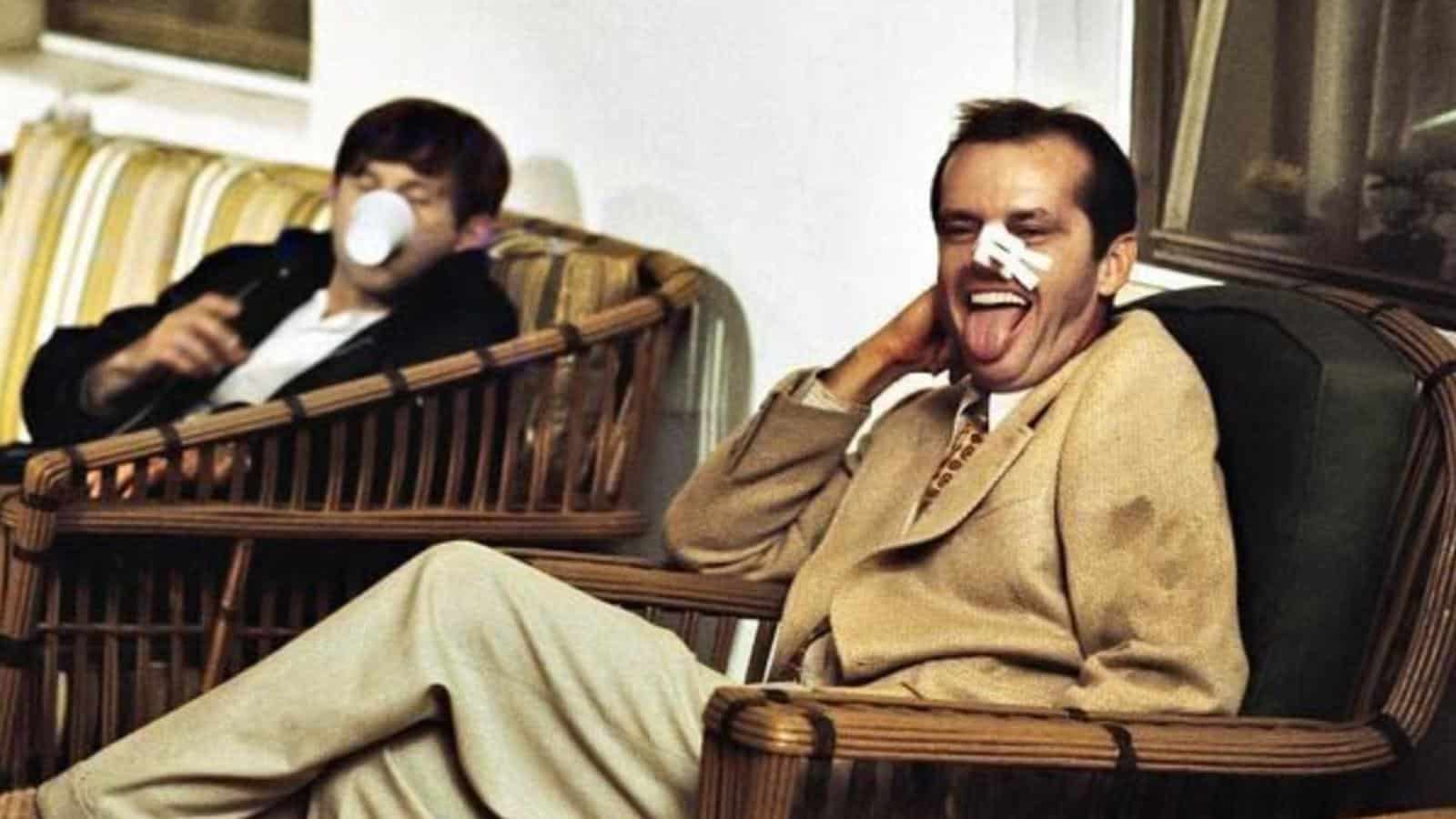
“Chinatown,” directed by Roman Polanski, stands as a quintessential neo-noir film. Its complex plot, atmospheric setting, and compelling characters make it a classic in the mystery and thriller genres.
Singin’ in the Rain (1952)
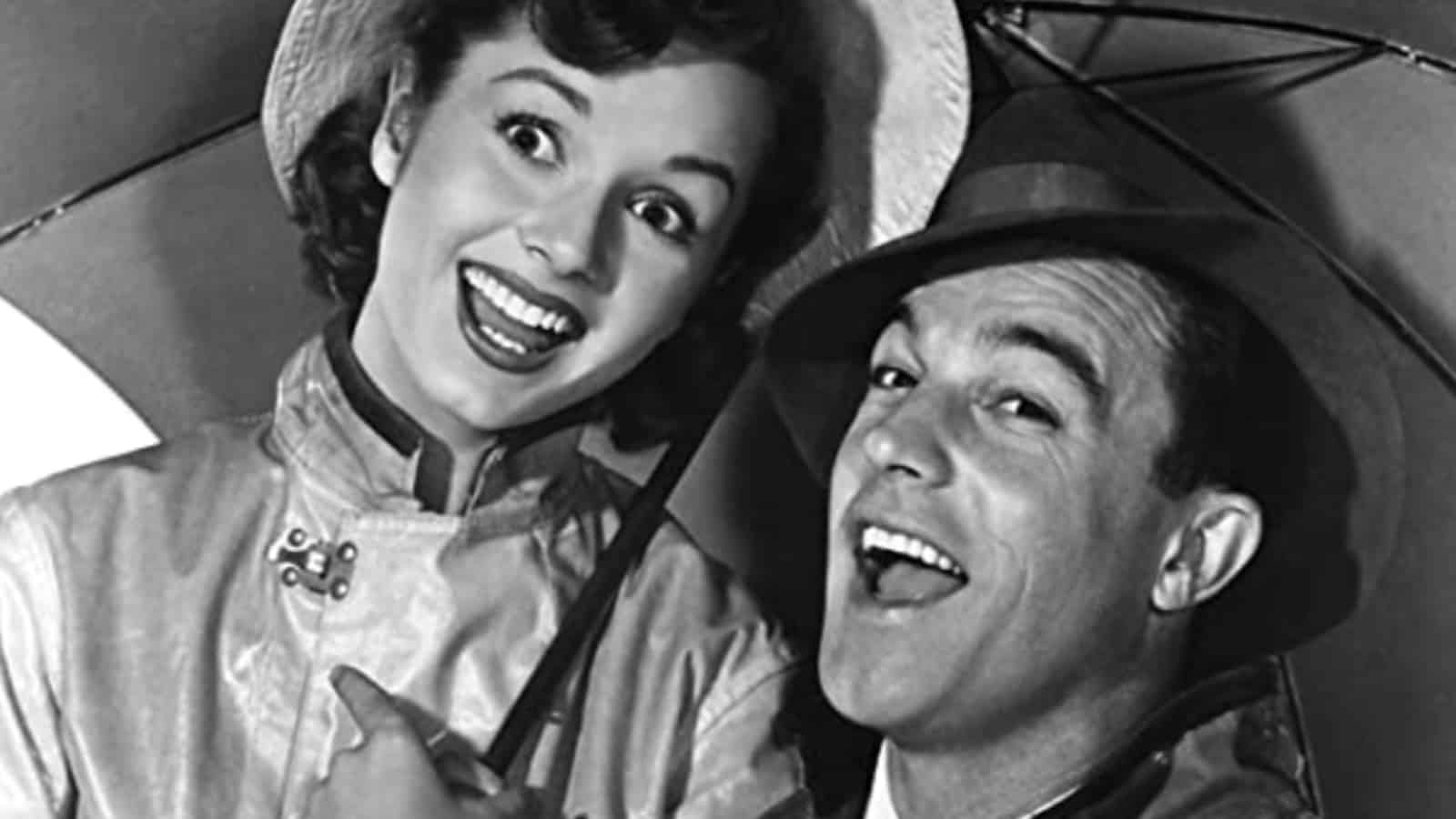
A celebration of Hollywood’s transition from silent to sound films, “Singin’ in the Rain” combines delightful song-and-dance routines with a comedic look at the film industry. This musical’s enduring charm and exuberance make it a timeless classic.
The 400 Blows (1959)

François Truffaut’s “The 400 Blows” is a poignant coming-of-age story that marked a significant moment in French New Wave cinema. Its honest portrayal of adolescence and rebellion offers a deeply personal and touching narrative.
M (1931)

Fritz Lang’s “M” is a pioneering work in the thriller genre, exploring the psychological depths of a child murderer and society’s response to crime. Its suspenseful narrative and innovative sound design set a new standard in early sound filmmaking.
Persona (1966)

“Persona,” by Ingmar Bergman, is a mesmerizing exploration of identity and human psyche. Its abstract narrative, striking imagery, and psychological complexity make it a landmark film in the art-house genre.
Dr. Strangelove (1964)

Stanley Kubrick’s “Dr. Strangelove” is a brilliant satire of the Cold War. Known for its dark humor and sharp critique of political and military absurdities, this film remains a powerful commentary on the absurdity of nuclear warfare.
In the Mood for Love (2000)
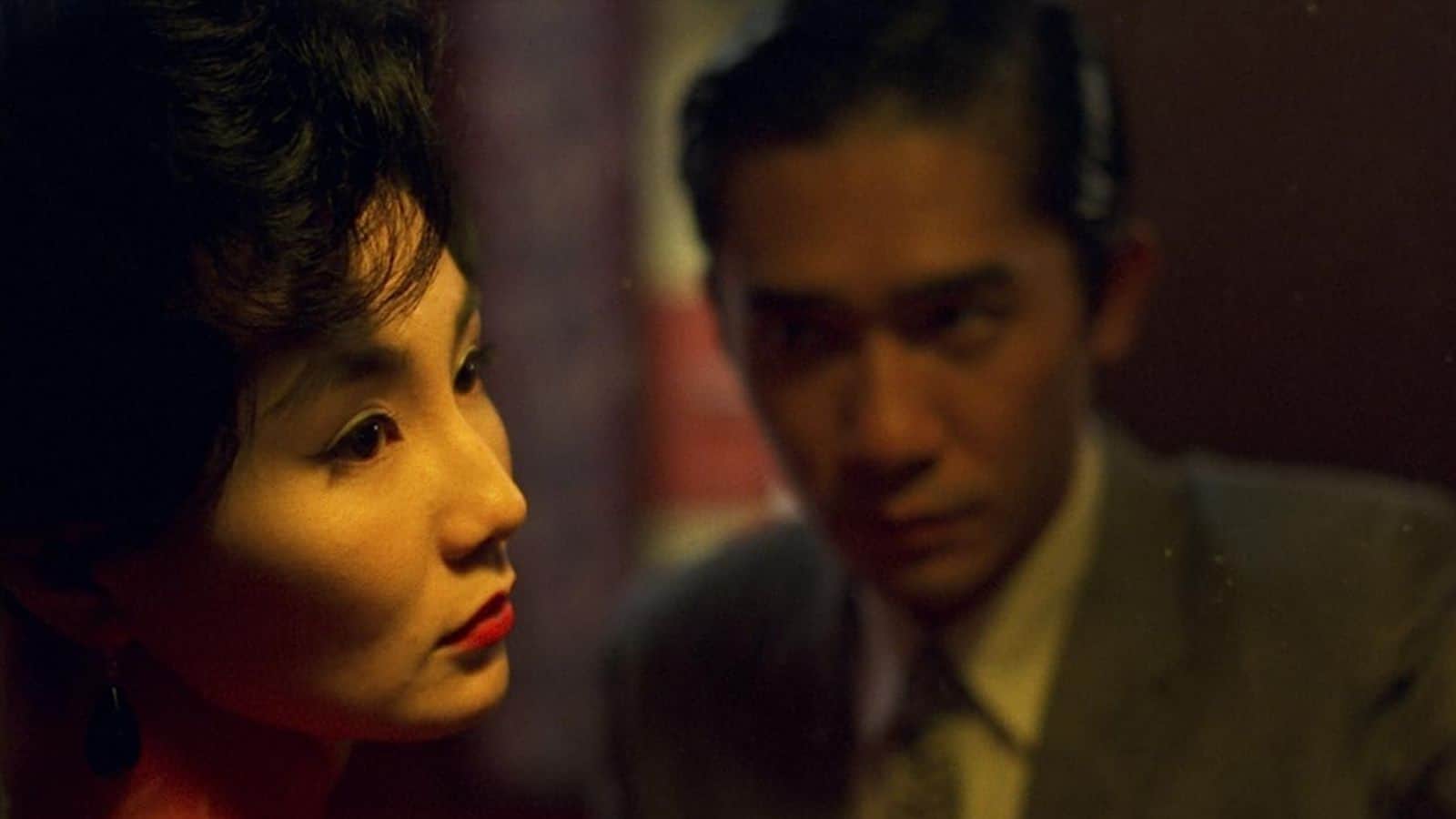
A masterpiece of visual storytelling by Wong Kar-wai, this film captivates with its tale of unrequited love. Set in 1960s Hong Kong, its lush cinematography and poignant narrative weave an unforgettable tapestry of longing and desire.
The Great Dictator (1940)

Charlie Chaplin’s bold satire in “The Great Dictator” delivers a powerful critique of fascism. Chaplin’s memorable dual performance and the film’s poignant message resonate profoundly, highlighting its significance in film and political history.
Mulholland Drive (2001)

With “Mulholland Drive,” David Lynch crafts a surreal journey through Hollywood’s dreams and realities. The film’s complex, layered narrative and enigmatic characters make it a quintessential example of Lynch’s unique cinematic vision.
City Lights (1931)

A blend of humor and sentiment, “City Lights” showcases Charlie Chaplin’s timeless appeal. This silent film’s emotional depth and Chaplin’s masterful performance underscore its status as a classic in both comedy and romantic cinema.
The Shawshank Redemption (1994)

This film, directed by Frank Darabont, tells a powerful story of hope and friendship. Tim Robbins and Morgan Freeman deliver unforgettable performances in this adaptation of Stephen King’s work, making it a standout in the genre of drama.
Lawrence of Arabia (1962)
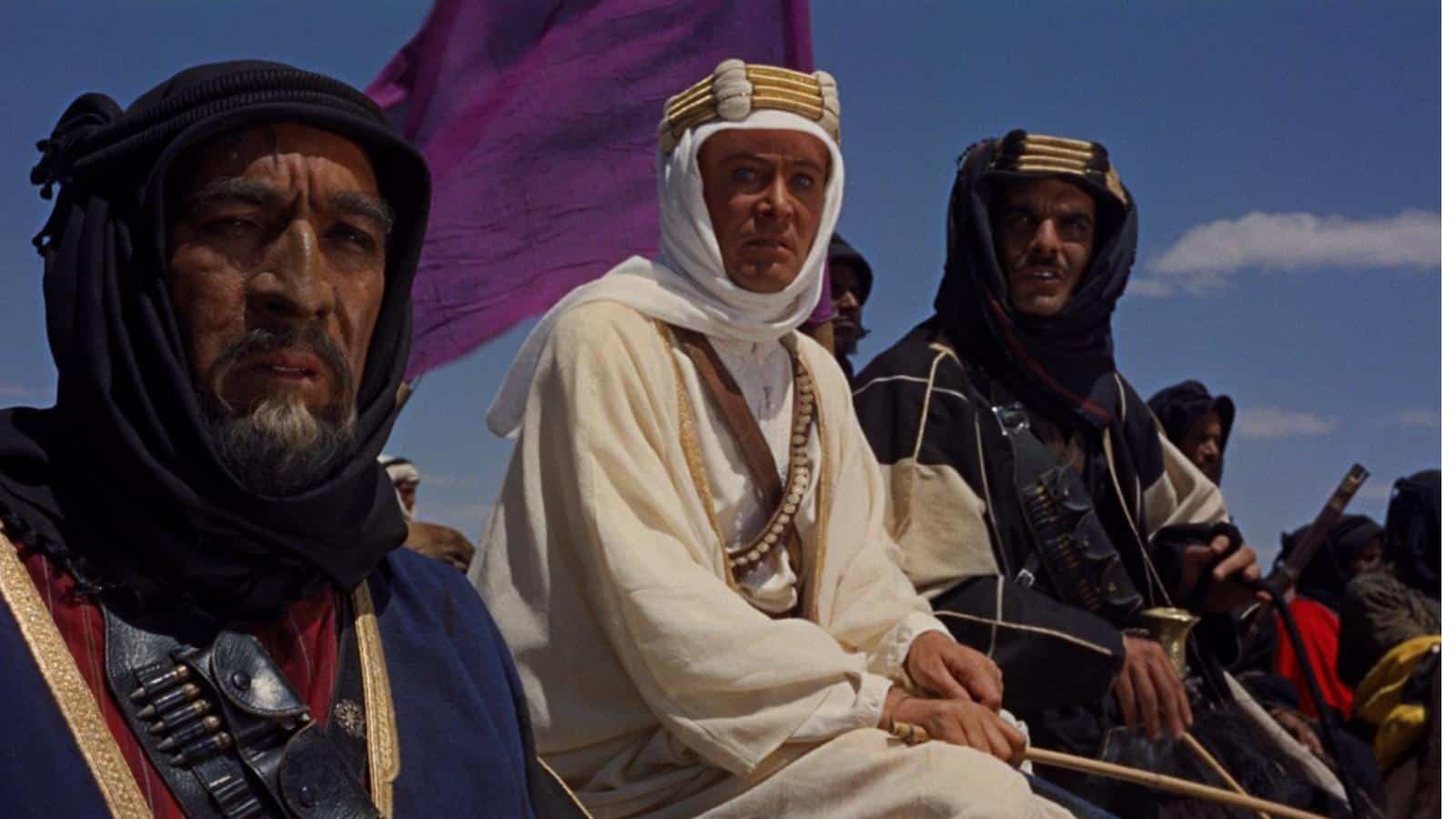
David Lean’s “Lawrence of Arabia” is an epic in every sense. Peter O’Toole’s portrayal of T.E. Lawrence, set against the backdrop of stunning desert landscapes, creates a cinematic experience that is both grand and introspective.
Amélie (2001)

This charming portrait of a young woman in Paris, directed by Jean-Pierre Jeunet, is a delightful foray into whimsy and romance. “Amélie” stands out for its imaginative storytelling and Audrey Tautou’s enchanting performance.
One Flew Over the Cuckoo’s Nest (1975)
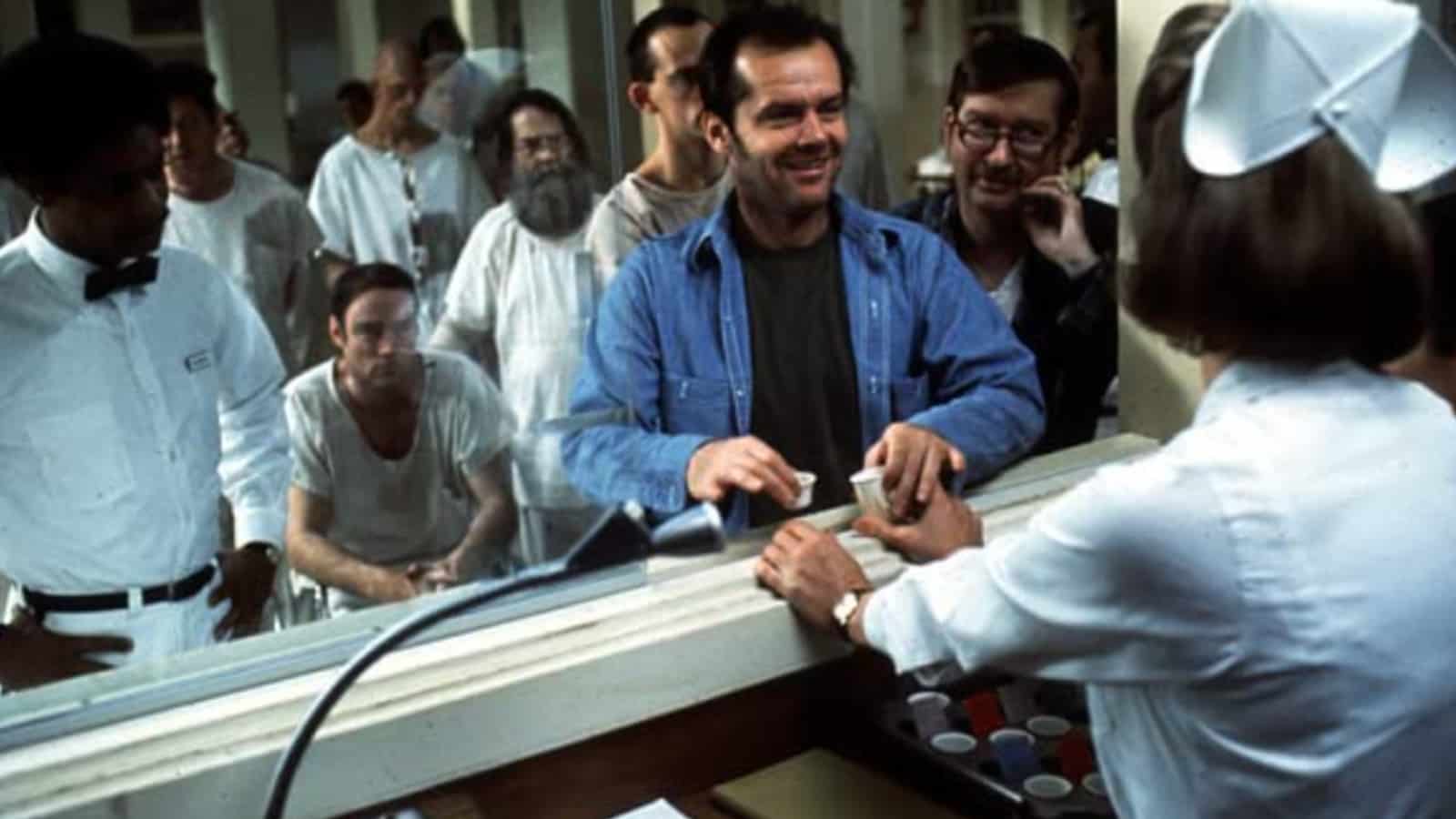
Milos Forman’s adaptation of this novel is a compelling study of institutionalization and rebellion. Jack Nicholson’s performance, combined with the film’s critique of mental health practices, makes it a standout in American cinema.
Raging Bull (1980)
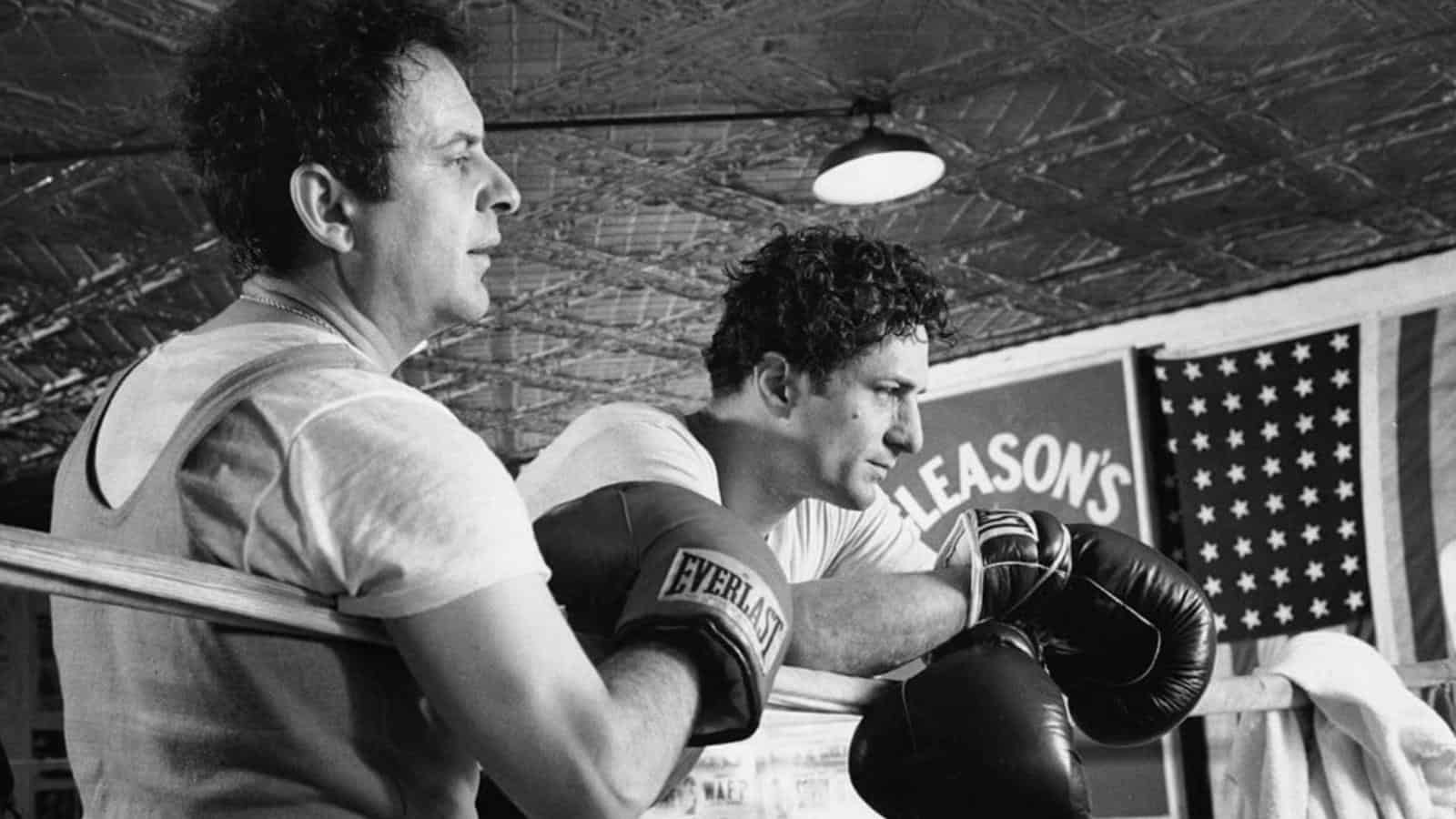
Martin Scorsese’s “Raging Bull,” with Robert De Niro’s powerhouse performance, is a brutal yet poetic exploration of the life of boxer Jake LaMotta. This film’s stark black-and-white cinematography and emotional intensity redefine the biographical genre.
The Silence of the Lambs (1991)

Jonathan Demme’s thriller, featuring Anthony Hopkins’ iconic portrayal of Hannibal Lecter, masterfully blends psychological terror with a gripping narrative. Its exploration of the depths of human depravity and the pursuit of justice has left a lasting impact on the thriller genre.
Blade Runner (1982)
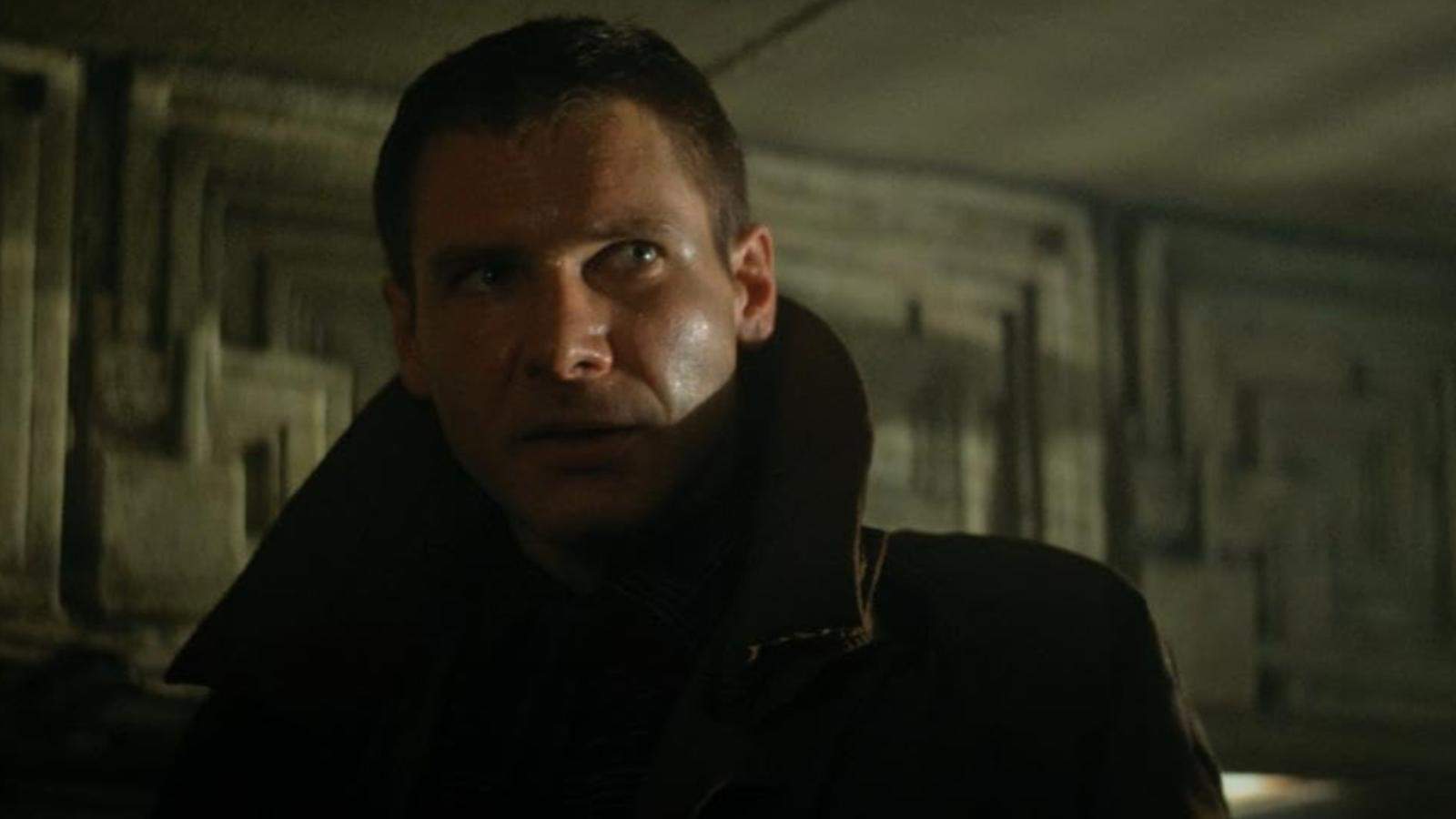
Ridley Scott’s “Blade Runner” is a visually stunning and philosophically rich exploration of identity and humanity. Set in a dystopian future, its impact on the science fiction genre and cyberpunk aesthetic is unquestionable.
Goodfellas (1990)
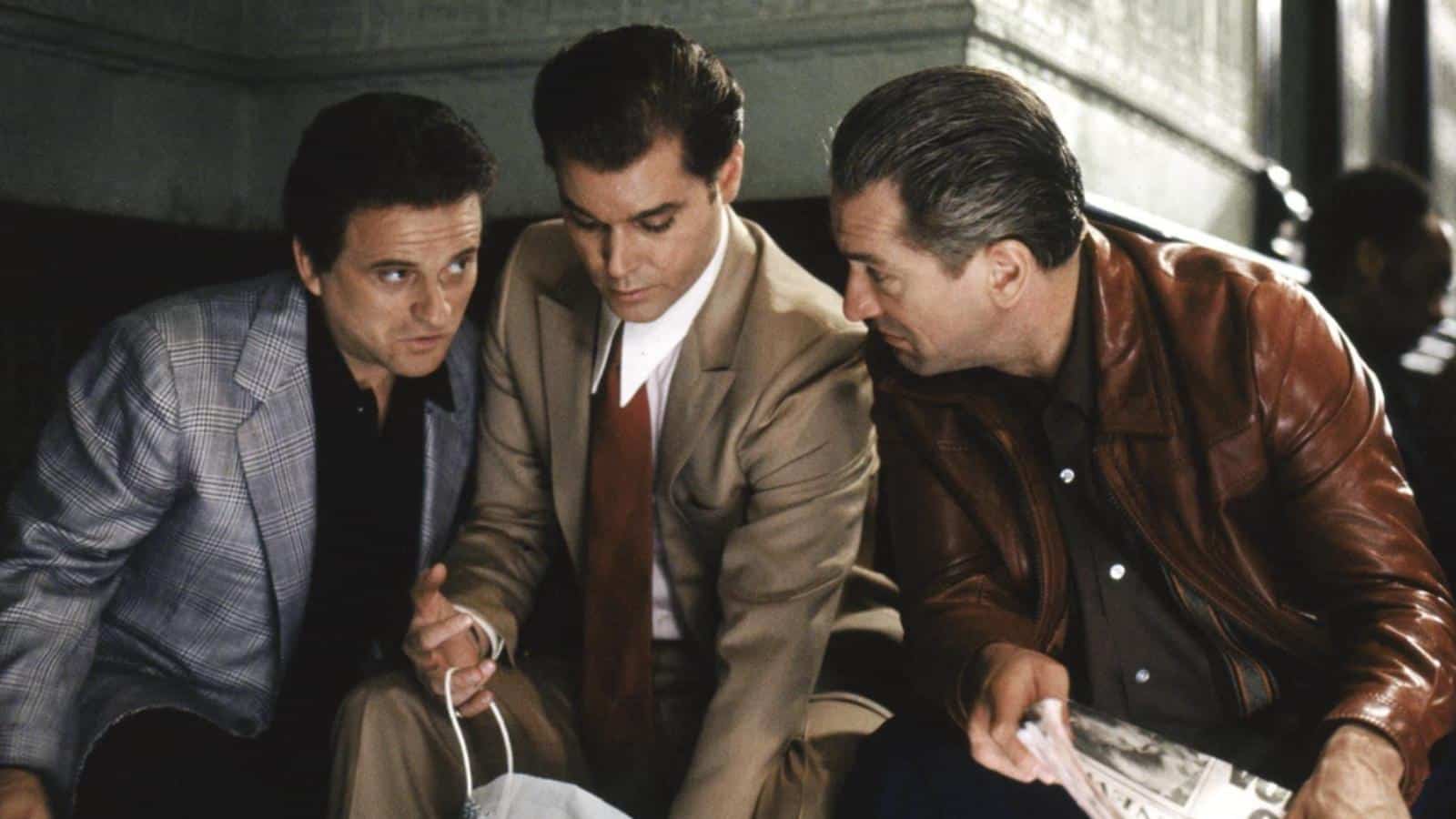
“Goodfellas,” another Scorsese gem, dives deep into the world of organized crime. Its dynamic storytelling, sharp dialogue, and compelling characters offer an unvarnished look at the Mafia, making it a landmark film in the crime genre.
Sunset Boulevard (1950)

Billy Wilder’s “Sunset Boulevard” is a dark and cynical look at Hollywood’s underbelly. Its exploration of fame, obsession, and delusion, combined with Gloria Swanson’s haunting performance, makes it a classic in noir cinema.
The Third Man (1949)

Carol Reed’s “The Third Man,” set in post-war Vienna, is known for its atmospheric cinematography and intriguing plot. The film’s exploration of moral ambiguity and betrayal, along with Orson Welles’ memorable role, solidify its status as a classic in noir and mystery.
Ran (1985)

Kurosawa’s “Ran” is an epic interpretation of Shakespeare’s “King Lear,” set in feudal Japan. Its powerful narrative about power, betrayal, and madness, along with visually stunning battle scenes, marks it as a masterpiece in the director’s oeuvre.
Blue Velvet (1986)

David Lynch’s “Blue Velvet” delves into the dark and twisted undercurrents of suburban America. This film’s blend of psychological horror and neo-noir elements, along with a memorable performance by Dennis Hopper, makes it a provocative and unsettling cinematic experience.
READ MORE – 18 MOVIE MYSTERIES THAT STILL HAVE NO EXPLANATION
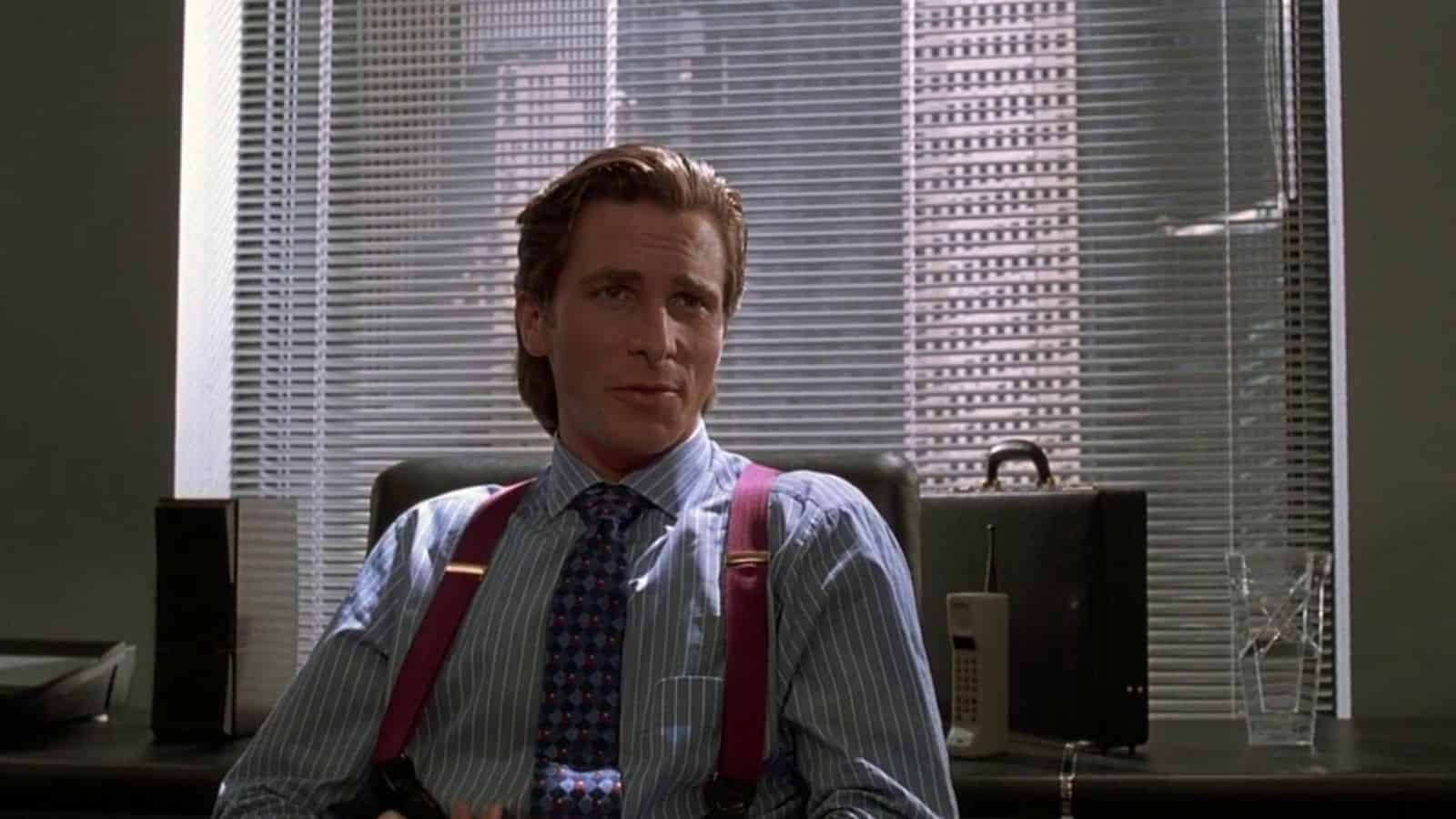
Movie makers often leave certain plot points ambiguous to spark discussions and theories among the audience. While some mysteries are later resolved in sequels or by the filmmakers themselves, others remain unexplained. Here are 18 movie mysteries that still leave us scratching our heads
18 MOVIE MYSTERIES THAT STILL HAVE NO EXPLANATION
20 MOVIES THAT WERE SO GOOD WE WISH WE COULD WATCH THEM AGAIN FOR THE FIRST TIME
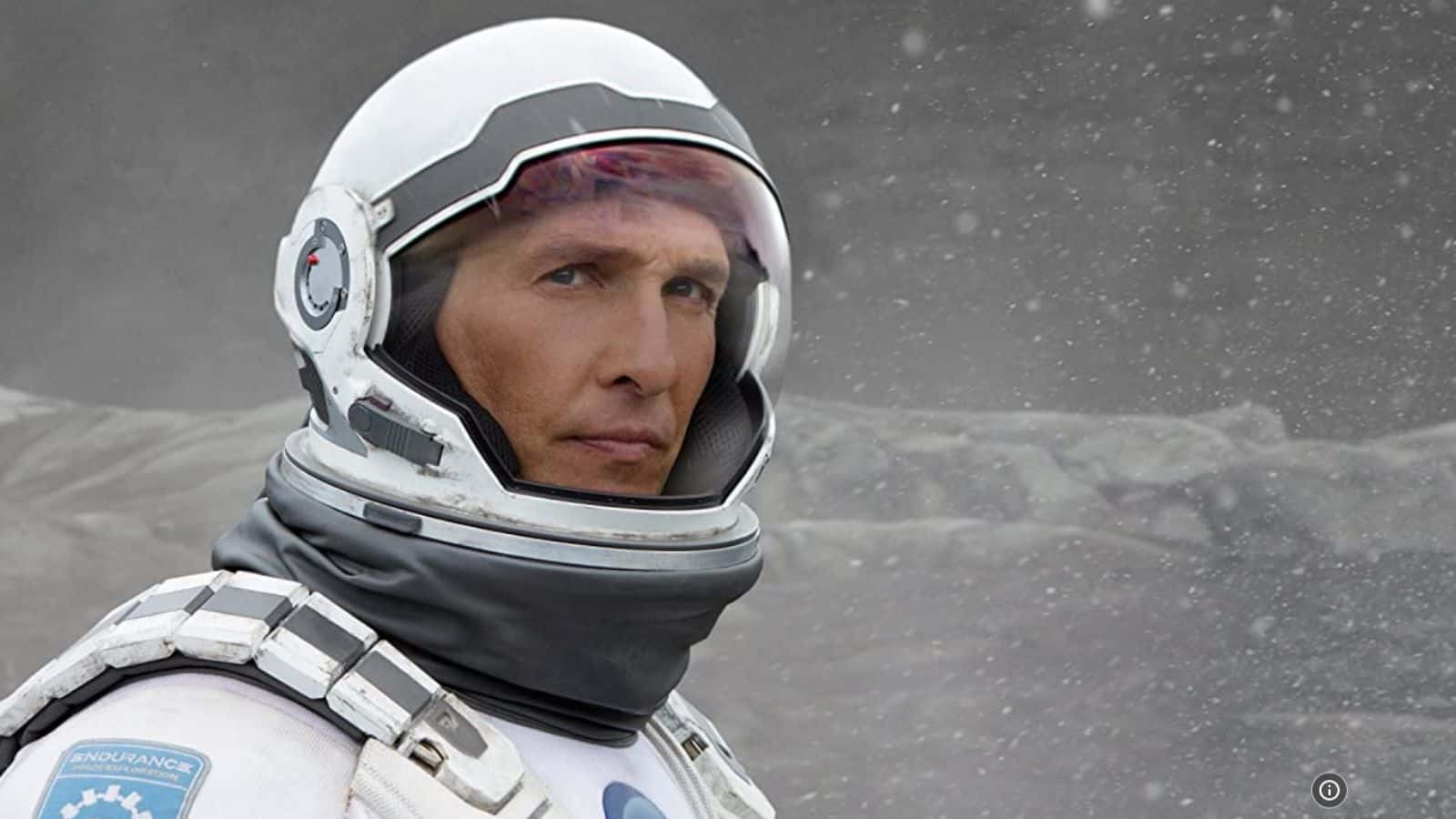
Some movies are so great that we wish we could watch them again for the very first time. Someone recently asked the users of Reddit which movies they would choose, and we’ve listed the top 20 answers below.
20 MOVIES THAT WERE SO GOOD WE WISH WE COULD WATCH THEM AGAIN FOR THE FIRST TIME
18 OVERLOOKED MOVIES FROM THE 90S THAT SHOULD HAVE BEEN BLOCKBUSTERS

The 90s produced some of the most iconic movies in history, but some hidden gems were overshadowed by blockbusters. In this post, we’ll showcase the top 18 most underrated movies from the 90s that deserve more recognition, from indie favorites to forgotten cult classics.
18 OVERLOOKED MOVIES FROM THE 90S THAT SHOULD HAVE BEEN BLOCKBUSTERS
25 MOVIE COUPLES WHO HAD ZERO CHEMISTRY
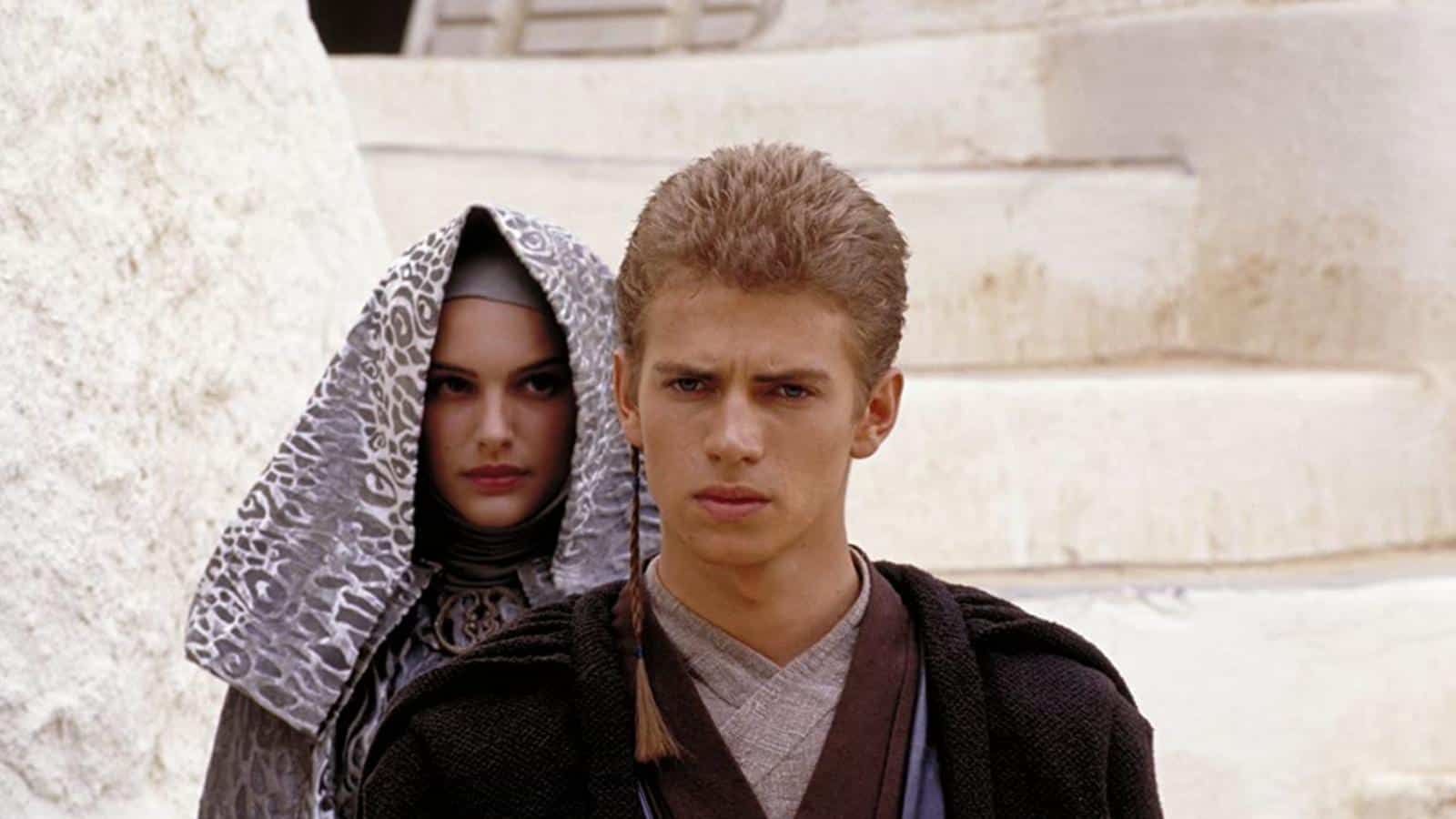
Romantic movies can be a great way to escape into a world of love and passion, but sometimes, the chemistry between the lead actors just doesn’t seem to exist. A recent internet poll asked, “What movies have the worst chemistry?”:
25 MOVIE COUPLES WHO HAD ZERO CHEMISTRY
25 UNDERRATED ’80S MOVIES PEOPLE NEVER TALK ABOUT

The 80s was a decade of iconic movies, but some gems were overlooked by audiences. In this post, we’ll shine a spotlight on 25 underrated ’80s movies we should talk about more, from quirky comedies to haunting thrillers.
